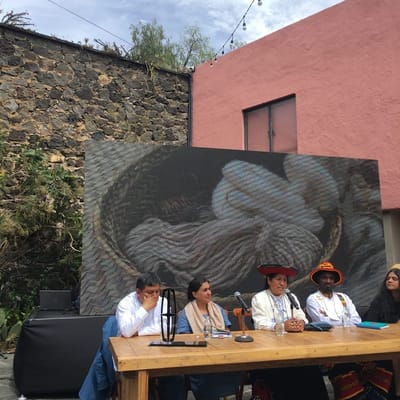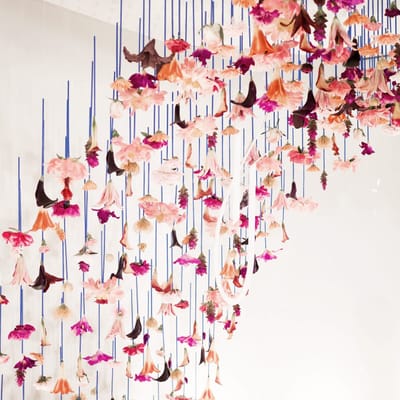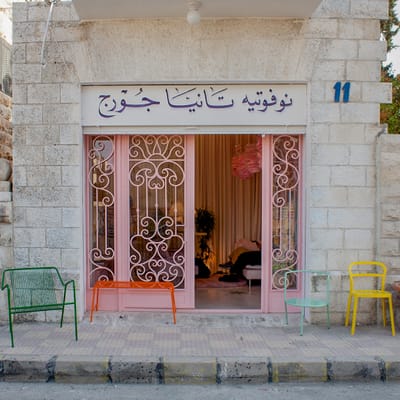While living in Southeast Asia, I’ve often thought about how best to show respect for the people I meet. It starts with everyday politeness from removing my shoes at homes and temple doors to gently greeting my neighbors with a Sabaidee or Sawasdee ka, hands pressed together in a nop or wai as a sign of respect.
Cultural Appreciation not Appropriation
It becomes more complicated when I think through how to best honor and respect ethnic artisans. I have a deep and genuine admiration for makers who continue the heritage crafts learned from their mothers and their grandmothers. These inherited arts are not only beautiful, but they contain stories that are literally woven into the very fabric of Yao embroidery or a beaded Katu textile, above. If you’re lucky enough to sit with a Hmong batik master she will point out the pumpkin seed motif or explain a pattern which is the story of a husband that ran away.

These are artisans who create with their whole hearts and their skilled, patient hands. And, yet, I’m not always certain how their community-specific work fits into a globalized marketplace. Artists and designers have always looked far and wide for inspiration, but there’s a fine line between appreciation and appropriation. What about a commercial designer who imitates these artworks? What about an expatriate who reinterprets age-old motifs? To answer these questions, we must try understand their intentions. We must ask – Is there is a ethical philosophy behind the product? Are workers receiving fair pay, or is there a profit-sharing partnership?
Perhaps it comes down to being a thoughtful and respectful human. I believe that for our individual and collective culture to evolve, we must celebrate and collaborate. We must champion traditional artisans, contemporary craft makers, and fine artists of all disciplines and nationalities.
Thoughtful Designs, Careful Consumption
The global ethnic folk fashion trend has spurred beautiful creations - but also soulless, mass-produced versions of these community-specific heritage crafts. You can find these cheap knock-offs mixed in with handmade pieces at street markets in here in Asia, and a thrown-together Hmong tote bag in New York City.
As consumers, we must be thoughtful and ask questions like: “Where and how was this made?” and “Is the material natural material or synthetic?” This helps us understand if the product is from a sweatshop in Bangladesh, from a small artisan village, or a budding design studio whose livelihood depends on your purchasing power.
We honor artisans and artists by buying their products directly from them, paying them well, and following generally-accepted fair trade principles and ethical fashion practices. We also honor them when we create deeper ways to work together.
Sustainable Livlihoods
Every artist needs to be paid. This is not only true for educated creative professionals in wealthy countries; it is especially true for artisans in economically-lean countries. There is a real urgency for these ethnic artisans who, at times, must abandon their craft to earn money in other ways.
If we want their narrative-rich art and knowledge to transfer to the next generation, we must support these men and women financially and otherwise for as long as they are compelled to create these crafts.
Cover photo: Katu beaded textile, Laos.






